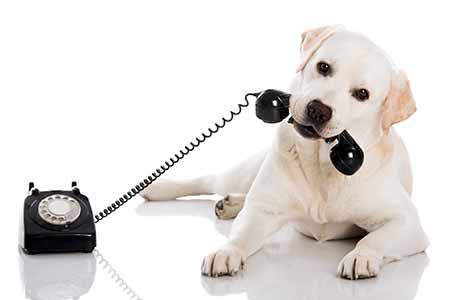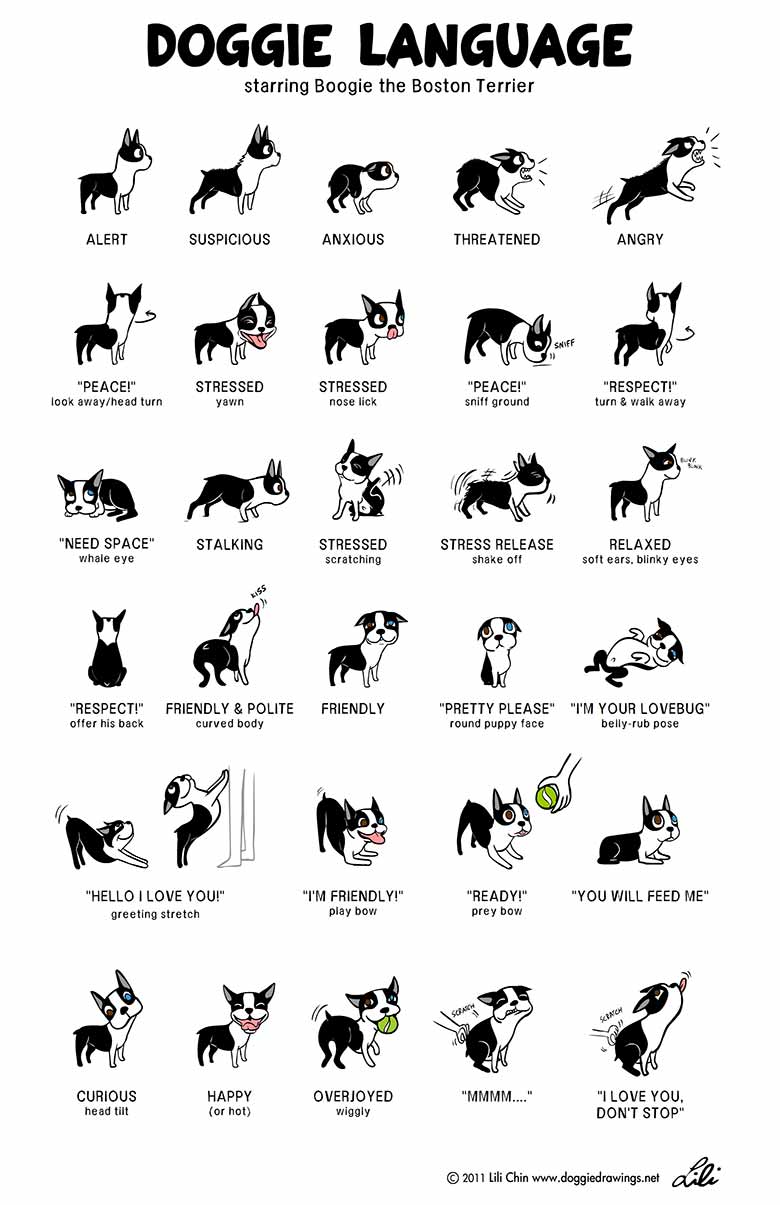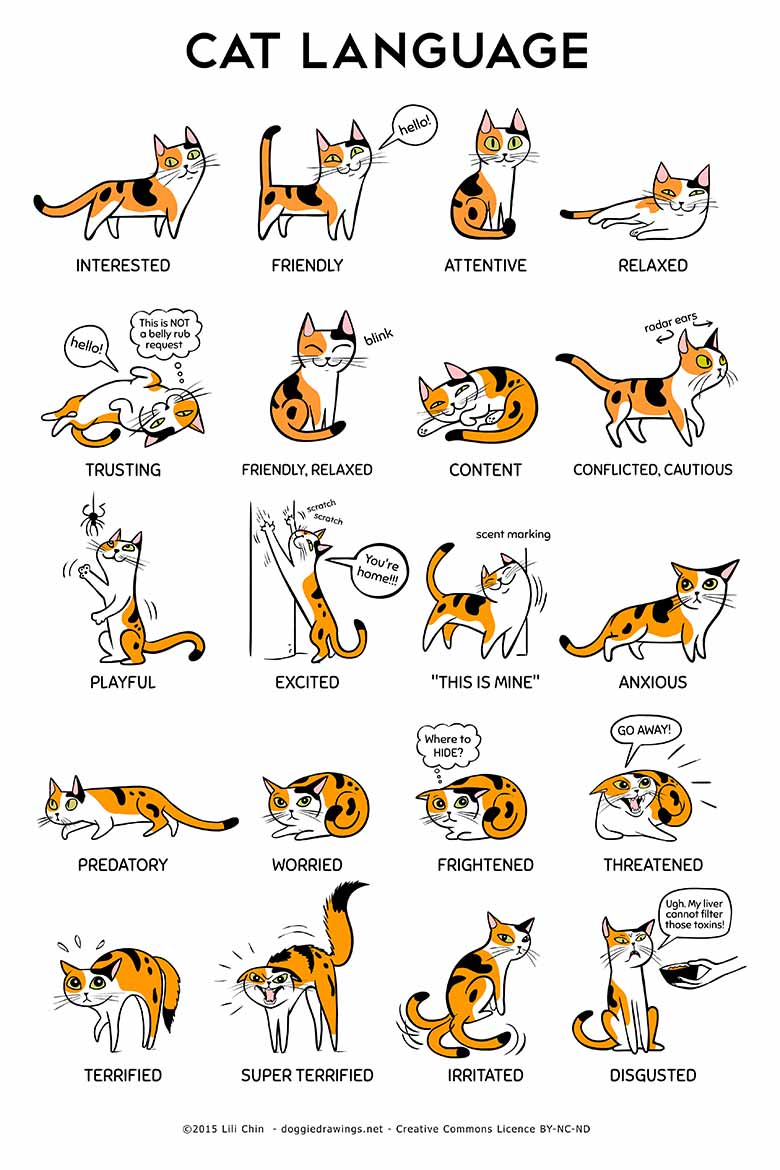 Living with dogs is rewarding. They give us companionship, unconditional love, social interaction and a happier, healthier lifestyle.
Living with dogs is rewarding. They give us companionship, unconditional love, social interaction and a happier, healthier lifestyle.
Our pets communicate with their body language. They use posture and movement to let us know if they are happy and relaxed, nervous and stressed or fearful and aggressive. They might be trying to show us that they need space, activity or comfort.
Learn your pet's body language
Pay attention and if they're stressed, comfort them or give them space if it's safe to do so.
Body language can let you know when they're happy and content, too. You can ask your dog or cat what their favourite place for pats is.
Scratch them in one spot, like their chin, chest, rump, shoulders or ears, then stop for a second. If they look back at you, lean in, paw or nudge to continue, you'll know they loved it.
If they stay still, turn their head, lean away or walk way, that's valuable information. That weren't interested at that moment.
This is especially important to teach children when interacting with any animal! Allow the animal space to approach them, and then stop pats after a few seconds. See whether the animal is still comfortable. Continue to check in to confirm consent in every interaction you have. It’s a small thing you can do for your pet, but will make a world of difference to them.
Take a moment to study your pet so that you can tell what is ‘normal’ for them. Below are some examples of dog and cat body language by Lili Chin that can get you started.
Have you seen your dog or cat display these body language signs before? Discuss it with your family. Let your pet’s behaviour give you the information you need about what they enjoy or dislike.
We sometimes think of training and pats as something we do to our pets. But to have a better understanding of how they feel we are better able to train, walk and communicate with our pets.
You'll be surprised at how a simple change, like respecting their right to say 'no' for pats, can strengthen your relationship with your pet.
Also try our Dog Body Language Quiz


